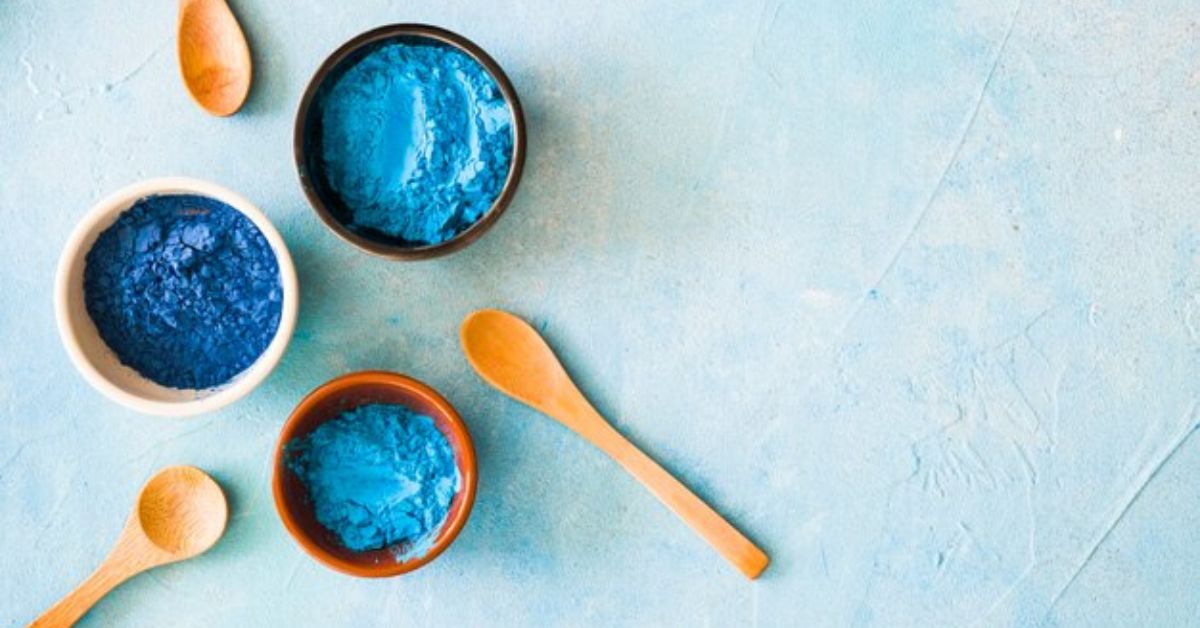Food & Drinks
Natural Food Colors: The Growing Popularity of Natural Blue Food Coloring

Color is more than just decoration in food—it sets expectations, influences taste perception, and creates an emotional connection with what we eat. As consumers demand healthier, clean-label products, natural food colors have become the preferred choice over synthetic dyes. Among the most intriguing is natural blue food coloring, a rare and eye-catching pigment that’s transforming the look of modern food and beverage products.
Why Blue Stands Out in Food Coloring
Blue is one of the least common colors found naturally in foods, which makes it especially striking when used in culinary creations. Whether in candies, beverages, or baked goods, a blue hue instantly grabs attention and conveys creativity.
Traditionally, achieving blue tones required artificial dyes like Brilliant Blue (E133), but health-conscious consumers are steering brands toward natural blue food coloring sourced from plants and algae.
Sources of Natural Blue Food Coloring
The breakthrough in natural blue shades came from research into pigments found in nature. Popular sources include:
- Spirulina Extract – Derived from blue-green algae, spirulina produces a vibrant cyan-blue pigment rich in protein and antioxidants.
- Butterfly Pea Flower – A Southeast Asian plant that yields deep blue anthocyanins, which can change color with pH variations.
- Red Cabbage Anthocyanins – When processed under specific pH conditions, red cabbage extract can produce a stable blue tone.
Benefits of Using Natural Blue Food Coloring
- Clean Label Advantage – Consumers increasingly choose products with recognizable, plant-based ingredients.
- Nutritional Value – Many natural blue pigments also contain antioxidants and beneficial compounds.
- Visual Impact – The rarity of blue in nature makes it a powerful branding and marketing tool.
- Versatility – Works in beverages, dairy products, confections, frostings, and health supplements.
Applications in the Food Industry
Natural blue food coloring is widely used in:
- Beverages – Sports drinks, cocktails, lemonades, herbal teas
- Confectionery – Gummies, lollipops, marshmallows
- Dairy & Frozen Desserts – Ice creams, yogurts, milkshakes
- Bakery – Macarons, cupcakes, icing, decorative pastries
- Health Products – Smoothie powders, protein blends
Its ability to create vibrant yet natural-looking products makes it especially popular in premium and artisanal markets.
Challenges in Natural Blue Coloring
While natural blue pigments are appealing, they are sometimes less stable than synthetic dyes. They can fade or shift color depending on:
- pH levels (e.g., butterfly pea flower turns purple in acidic conditions)
- Light exposure
- High heat during processing
Manufacturers often overcome these issues by using microencapsulation, adjusting recipes, or blending with other natural pigments for better stability.
The Future of Natural Blue Food Coloring
As extraction technology improves, natural blue pigments are becoming more stable, affordable, and vibrant. The combination of visual appeal, health benefits, and clean-label compliance ensures that natural blue food coloring will continue to grow in demand, especially among brands targeting health-conscious and visually driven consumers.
Final Thoughts
The shift to natural food colors is more than a trend—it’s a transformation in how we produce and enjoy food. Natural blue food coloring offers a rare and stunning hue without compromising on health or transparency, making it a perfect choice for the future of clean, creative, and colorful food innovation.















